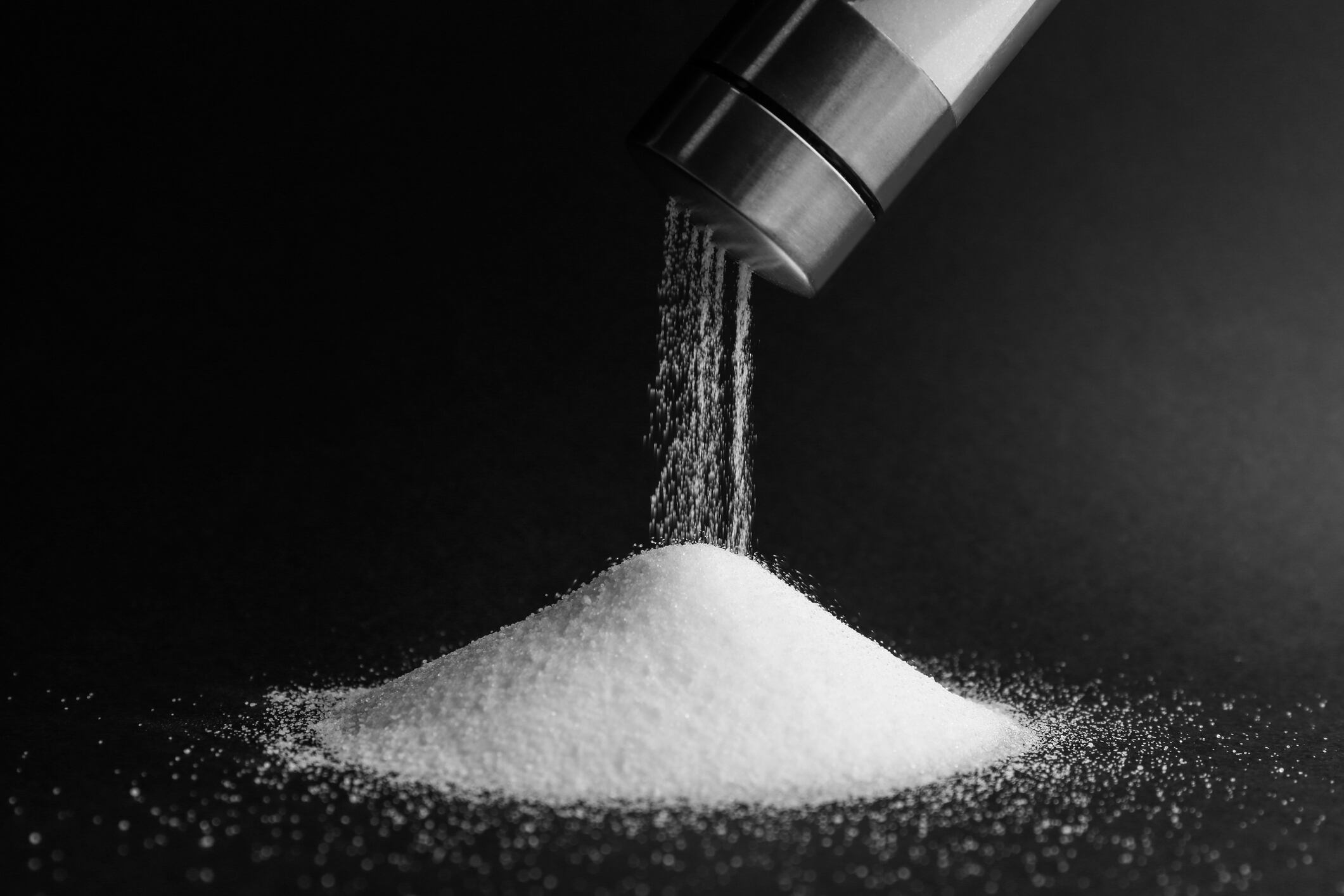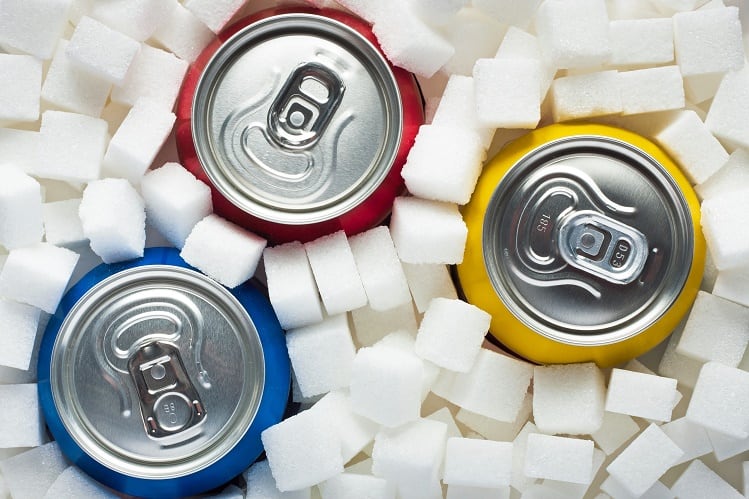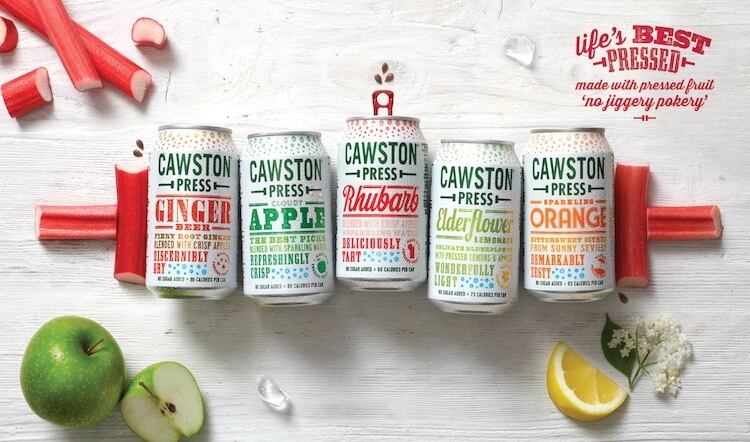Researchers in ACS’ Journal of Agricultural and Food Chemistry have proposed adding blends of nutritionally important mineral salts to non-sugar sweeteners to make them seem ‘more like the real thing’.
Baked goods, soft drinks and frozen desserts made to appeal to people demanding lower-calorie or lower-sugar treats often employ the use of sugar substitutes such as stevia and aspartame. However, these alternatives can often have a delayed sweetness that lasts long after the product has been consumed.
Lead author Grant DuBois and his colleagues had previously observed sodium chloride and potassium chloride could accelerate the onset of sweetness and eliminate its persistence for one stevia compound, rebaudioside A.
Salts in action
With this information, they hypothesized that the salts compress the mucus hydrogel covering taste buds to allow rebaudioside A molecules to get through and then leave more quickly.
However, high concentrations were needed to achieve the desired effects, which led to off-tastes. To this end, the researchers wanted to test other mineral salts on commercially available noncaloric sweeteners to see if the products that they are used in could be improved.
Initial tests with a trained sensory panel found that calcium chloride, magnesium chloride and potassium chloride each separately reduced the perceived intensity of rebaudioside A after two minutes, but high amounts of the mineral salt were needed to lower the intensity by more than 30%, resulting in unpleasant saltiness or bitterness sensations.
Synergistic effects
Mixing the three taste-modifying salts had synergistic effects, allowing the team to use lower amounts of each for the same effect. A blend of the potassium, magnesium and calcium salts reduced the lingering sweetness up to 79% and markedly increased the sugar-like mouthfeel of 10 noncaloric alternatives.
Reports of a slight saltiness in a few sugar substitute formulations with the all-chloride mineral salt blends from some panellists prompted the team to test reduced-chloride versions in two commercial zero-calorie colas, resolving the faint salty off-taste issue and ‘greatly improving the taste of the beverages’.
Additionally, they added salt blends to a reduced-calorie orange juice and a commercial citrus-flavoured soft drink made with high fructose corn syrup, which made both beverages taste more like they contained sugar. The researchers say that they have a promising solution for replicating the taste of real sugar in low- and zero-calorie beverages.
Meanwhile, switching to non-sugar sweeteners will not help reduce weight and could lead to an increased risk of a number of non-communicable diseases, according to new guidelines from The World Health Organisation.





